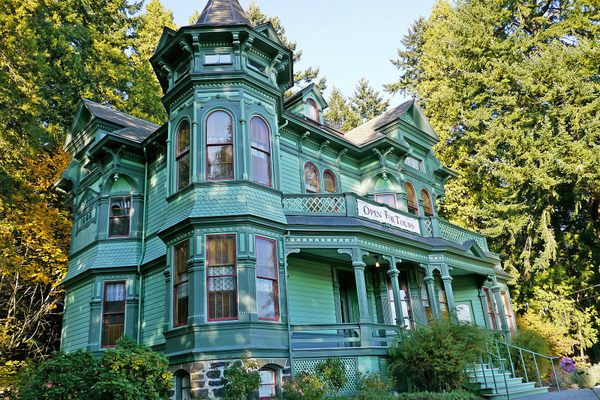About
In the 1800's industrial areas often contained one or two practitioners of what were known as "the five black arts." These "black arts" consisted of glass and pottery making, printing, refining, and the manufacturing of cast iron. Greenpoint practiced all five.
The black arts were so named because of the massive caul of coal smoke produced by their industries, and multi-story tall smokestacks were a distinct feature of the North Brooklyn skyline until the second half of the 20th century - though a few can still be spotted such as the one in the GMDC building. Of all of these black arts, pottery and ceramics manufacturers were often the smallest businesses and generally owned by artisans.
These artisans grouped together to share resources and in 1848, the corner of Freeman and West street was home to numerous producers and the area was known as Pottery Hill. Several porcelain manufacturers were located in this area, but most importantly - the German Boch family's Union Porcelain works were there.
Though started by a German family after the civil war, the company was given to a man named Thomas Smith to pay off debts owed to him. The operation then moved to 300 Eckford St and became the predominant manufacturer of Porcelain tile, door knobs, and fireplace or hearth ceramics well into the 1920's when Union Porcelain was finally closed. Today nothing remains of the plant that was once on 300 Eckford street, though Thomas Smith's home remains on 136 Milton, now the Greenpoint Reformed Church.
Recently an unusual tile, thought to be produced by the Union Porcelain Company was discovered in a fireplace in the church. (See Greenpoint Reformed Church)
Related Tags
Published
July 25, 2010






















